At the Royal Museums of Turin a dossier exhibition on Cleopatra, between history and myth
To the figure of Cleopatra, the famous queen of Egypt, a woman of extraordinary charm and power, whose events have inspired illustrious writers such as William Shakespeare, Théophile Gautier and George Bernard Shaw, as well as numerous artists, musicians and filmmakers, the Royal Museums of Turin are dedicating a dossier exhibition: from November 23, 2024 to March 23, 2025, the Spazio Scoperte of the Sabauda Gallery will in fact host Cleopatra. The Woman, the Queen, the Myth, curated by Annamaria Bava and Elisa Panero. The exhibition, part of the Museum of Antiquities’ 300th anniversary celebrations (1724-2024), aims to explore both the historical and legendary dimensions of Cleopatra, delving into her role in history and the birth of the myth that has made her an icon over the centuries.
The exhibition is divided into five thematic sections, with the striking so-called Cleopatra’s Maiden’s Head, a white marble sculpture dating from the mid-1st century B.C. and preserved at the Museum of Antiquities, at its center. The statue’s face and hairstyle recall the classical iconography of Cleopatra VII. Alongside it, archaeological finds and ancient sculptures from both the Royal Museums and public and private collections will be displayed in dialogue with paintings, engravings and film documents that tell the story of Egypt’s queen.
The tour opens with an overview of the historical period of Cleopatra VII (51-30 B.C.), the last ruler of the Ptolemaic dynasty. She ruled a now Hellenized Egypt thanks to the conquests of Alexander the Great in the 4th century BC, a kingdom that represented a crossroads between different civilizations, characterized by the integration of the traditions of Pharaonic Egypt with Hellenistic culture.
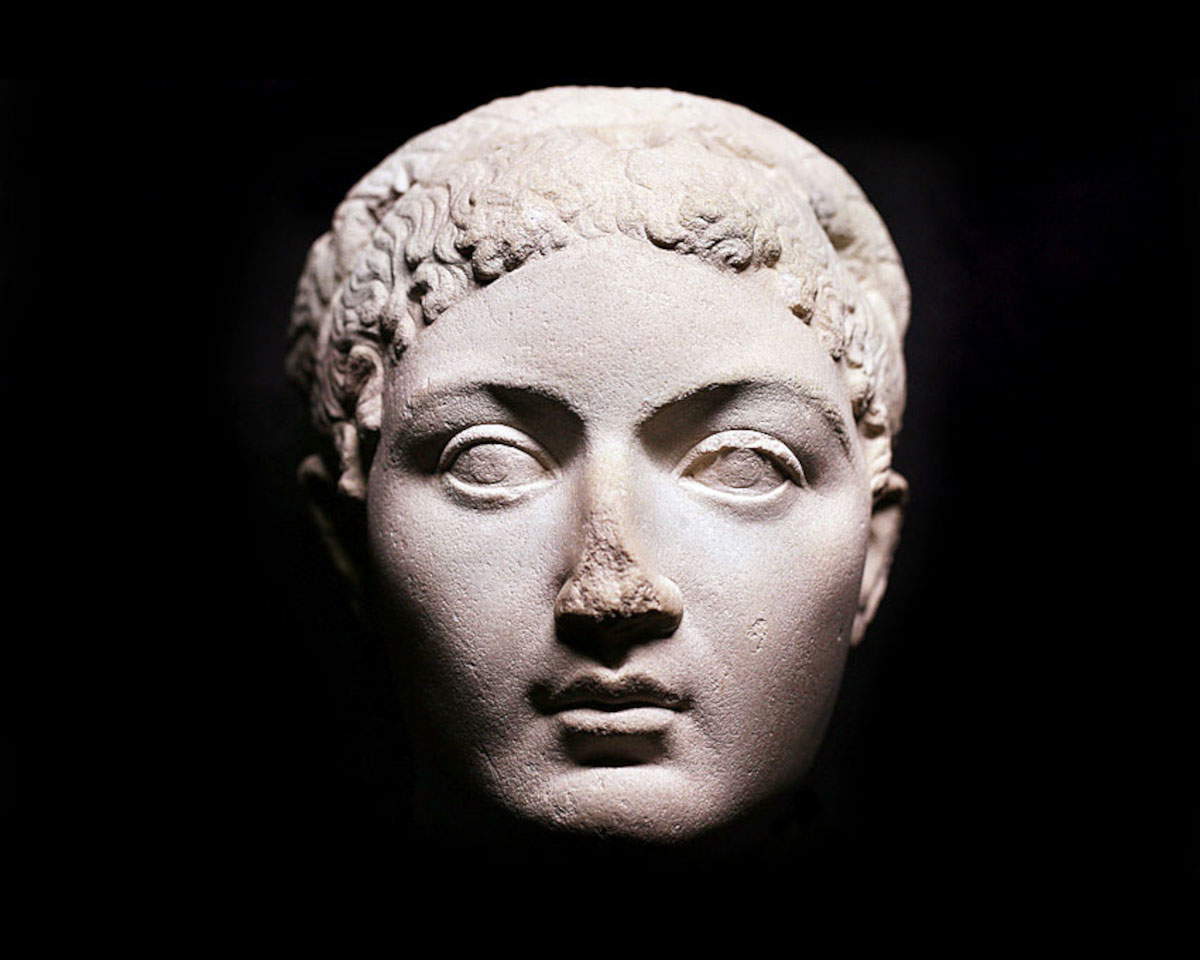
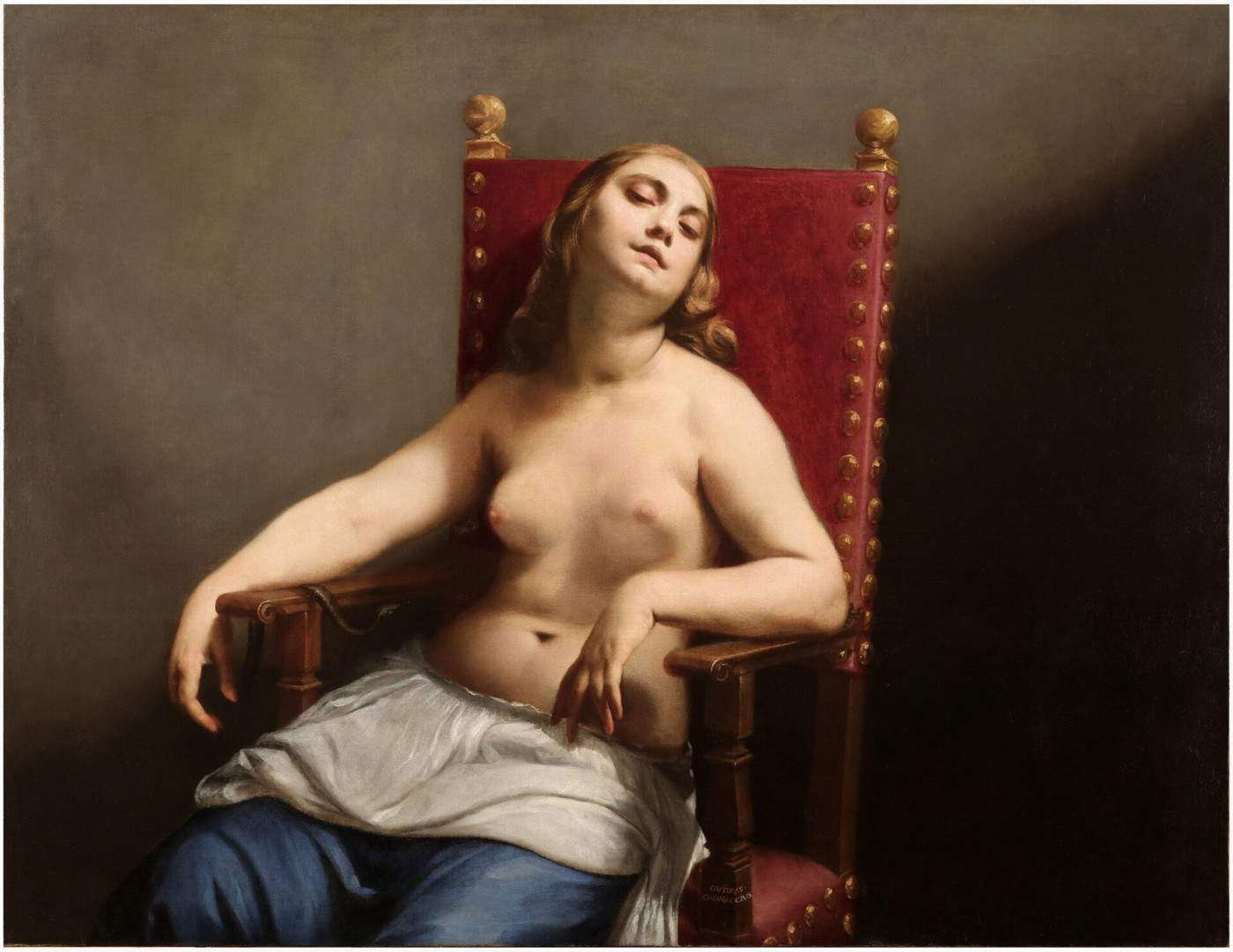
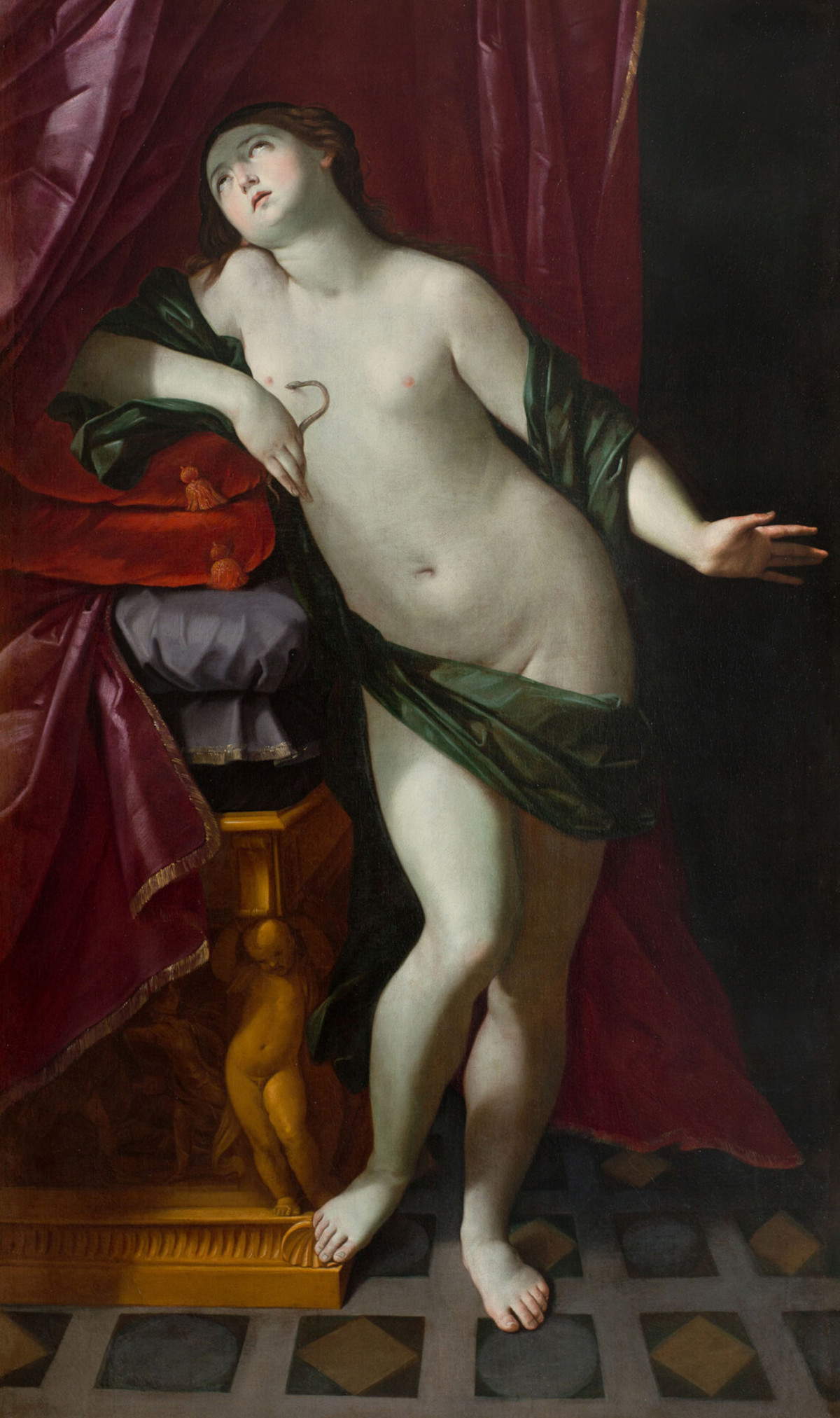
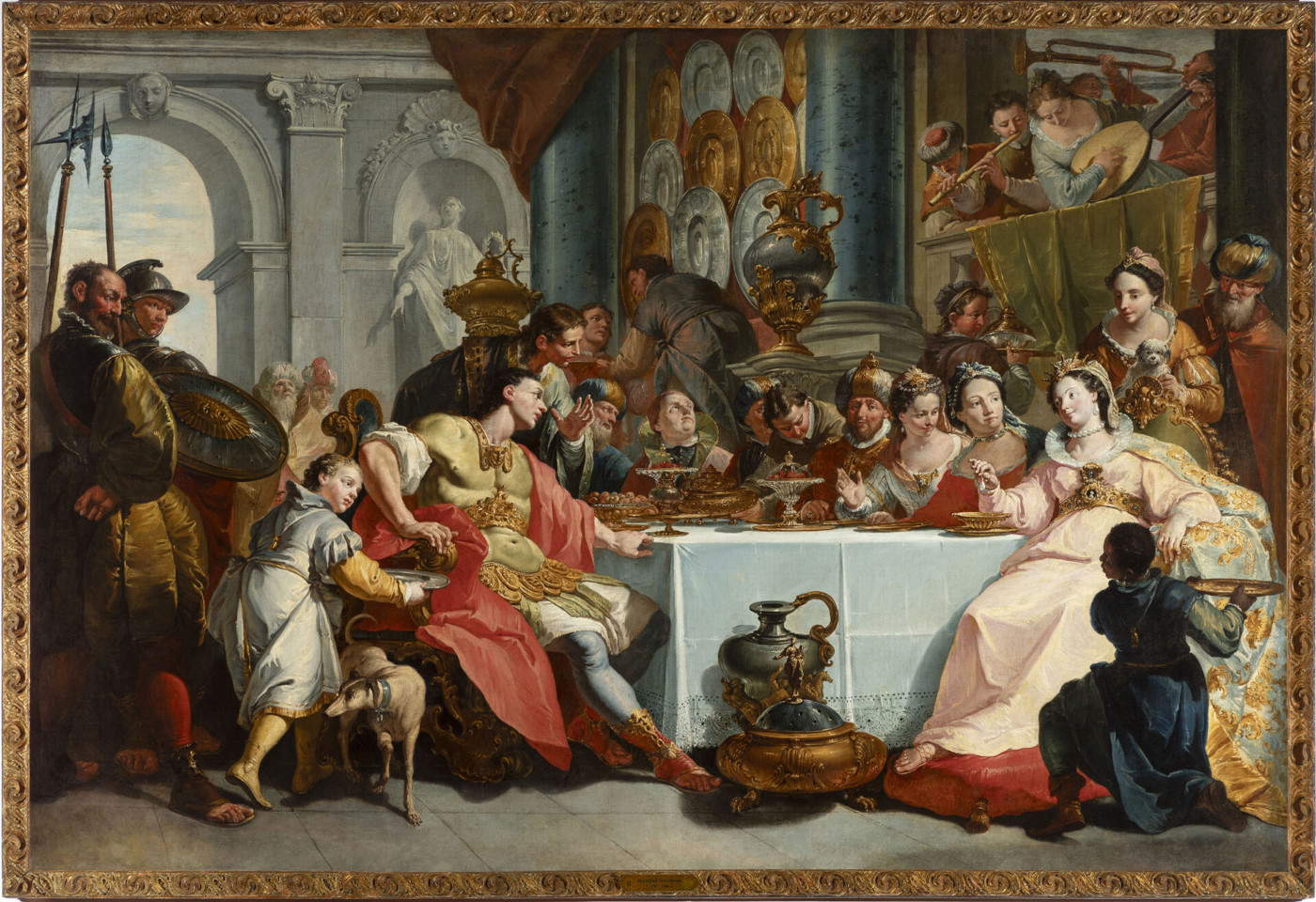
The section Cleopatra : the queen who challenged Rome will highlight Cleopatra’s political role and her relationships with the leading figures of her time. Prominent among the exhibits are the Head of Julius Caesar from Tusculum in the Royal Museums, considered one of the most realistic portraits of the dictator, and portraits of Mark Antony and Octavian Augustus, on loan from the Molise Superintendency and the Capitoline Museums, respectively. It will also explore the image of Cleopatra as a woman of power and promoter of economic reforms, including monetary reform, that strengthened Egypt as a strategic Mediterranean power.
The exhibition will then analyze the birth of the Cleopatra myth, which began during her lifetime and was consolidated in the decades immediately following. The ruler became associated with the goddess Isis, a link that increased her aura of mystery and fascination over time. In the Renaissance, Cleopatra’s image gained an important position in Western art, as shown in an elegant engraving by Marcantonio Raimondi from the Sabauda Gallery made in collaboration with Raphael. In the 17th and 18th centuries, the queen became the subject of many works, often depicted at the dramatic moment of her death. Prominent among these are paintings by Giovanni Giacomo Sementi, Giovanni Lanfranco, and Guido Cagnacci, and Elisabetta Sirani ’s famous painting of Cleopatra as she melts a precious pearl earring into vinegar to demonstrate her wealth during a banquet with Mark Antony. Works by artists such as Francesco Fontebasso and Claudio Francesco Beaumont complete this section with scenes evoking legendary episodes from her life. In the 19th century, Cleopatra became a source of inspiration for esoteric and Orientalist interpretations, such as Anatolio Scifoni ’s 1869 painting from the collections of the Royal Palace, which evokes an encounter between the queen and a sorceress.
The last part of the exhibition is devoted to Cleopatra celebrated through records, comic books, board games, and especially cinema. Posters, photographs and film clips trace her portrayals, from silent films to Elizabeth Taylor ’s legendary performance in Joseph Mankiewicz’s film (1963) to Monica Bellucci ’s version in Asterix & Obelix - Mission Cleopatra (2002).
For info: museireali.it
Hours: 9 a.m. to 7 p.m.
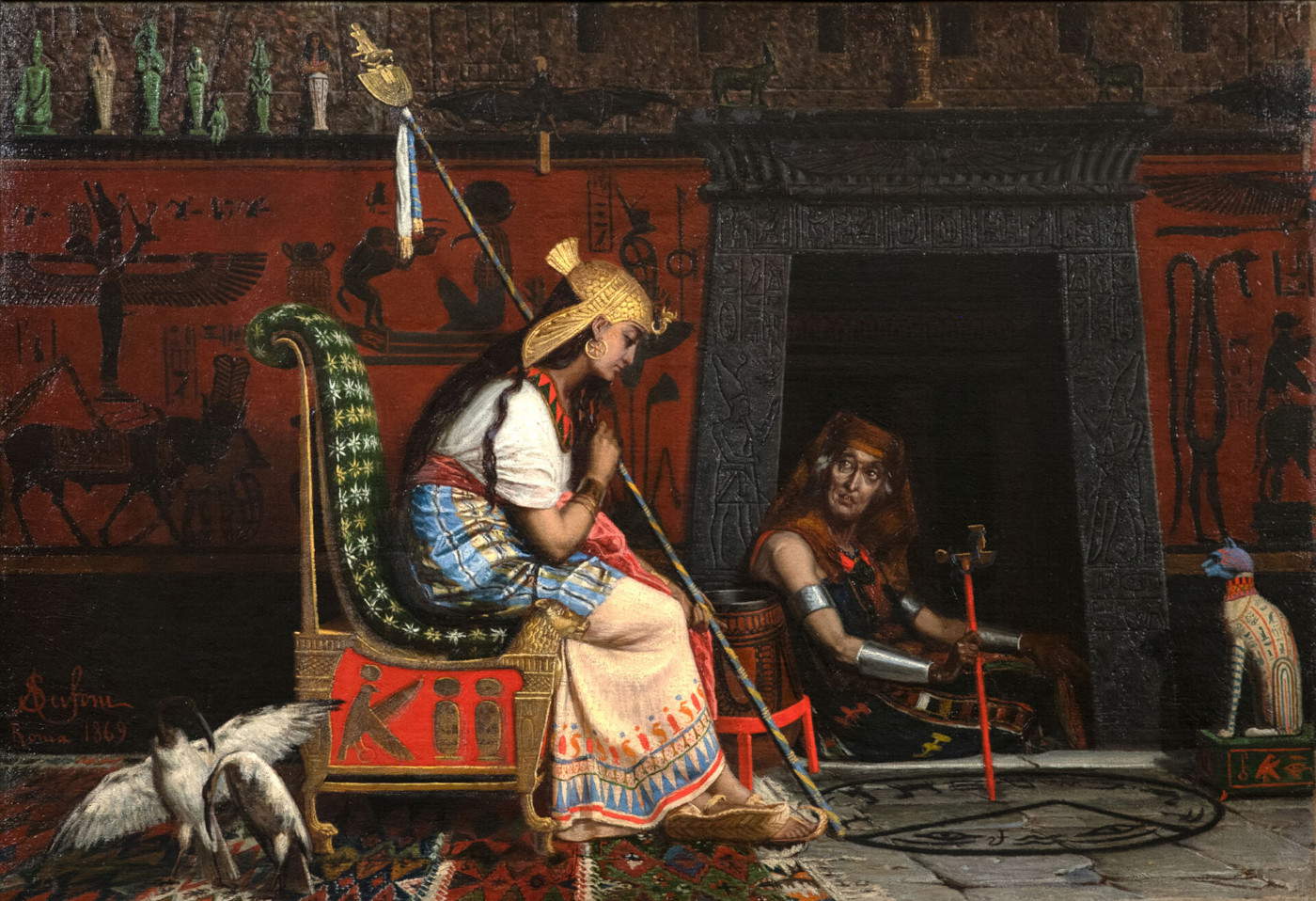
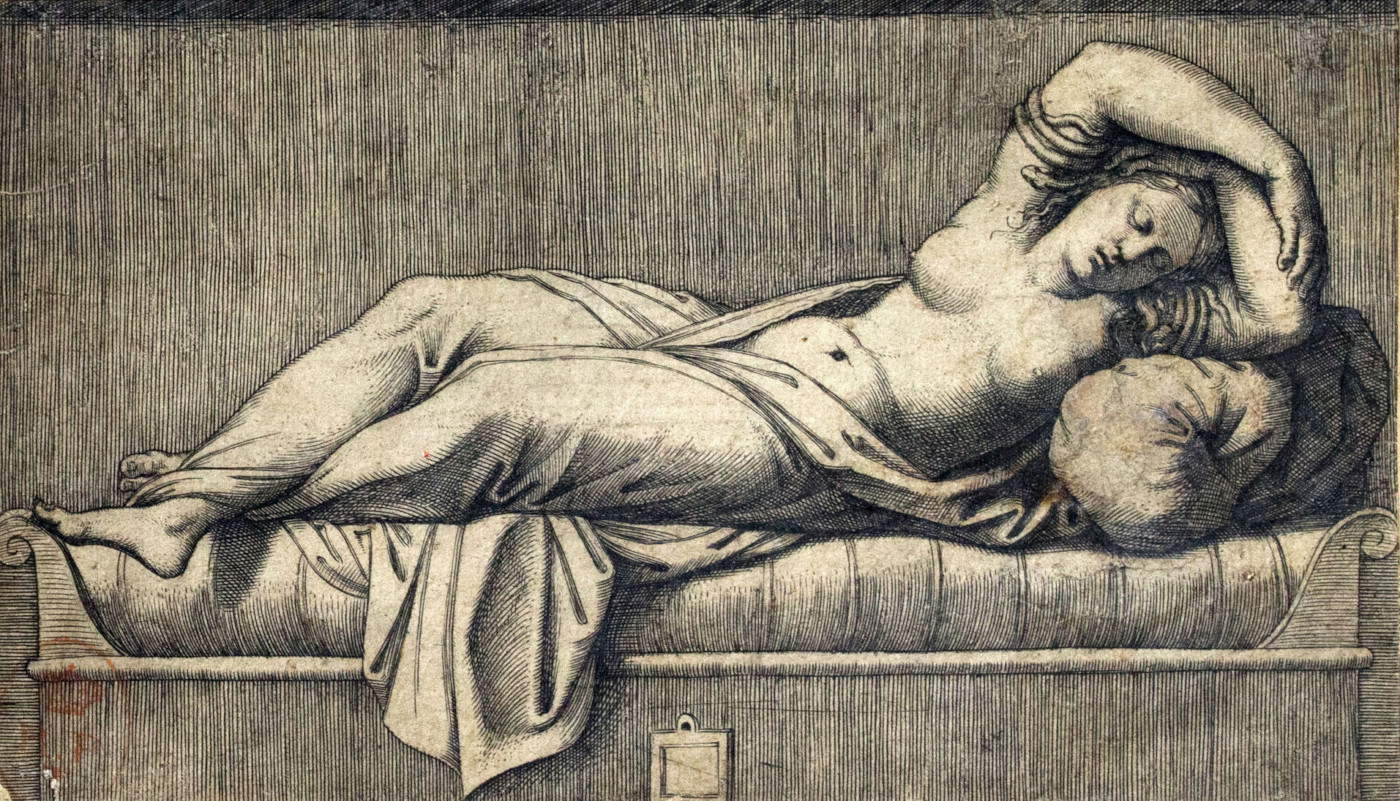
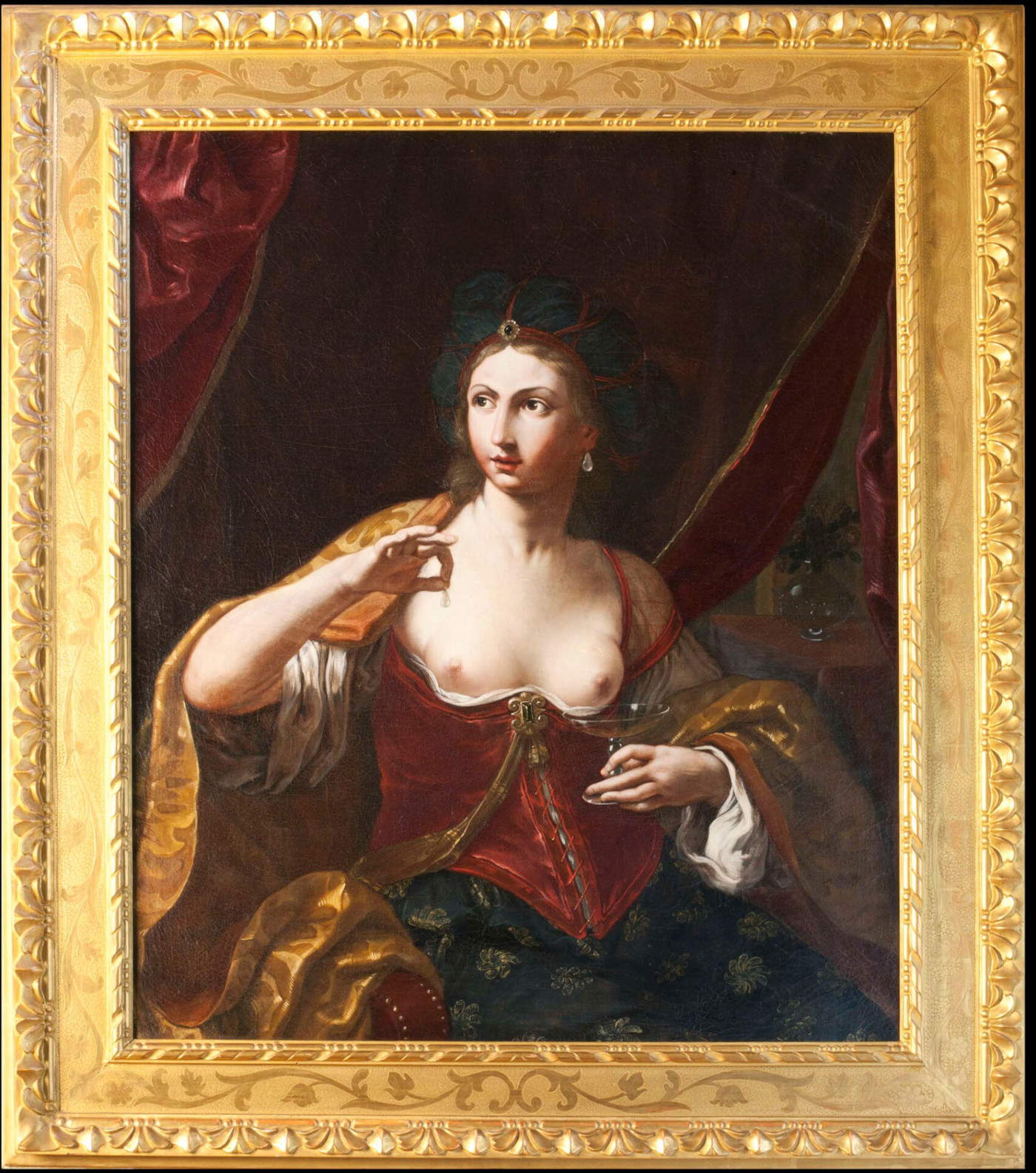
 |
| At the Royal Museums of Turin a dossier exhibition on Cleopatra, between history and myth |
Warning: the translation into English of the original Italian article was created using automatic tools. We undertake to review all articles, but we do not guarantee the total absence of inaccuracies in the translation due to the program. You can find the original by clicking on the ITA button. If you find any mistake,please contact us.



























